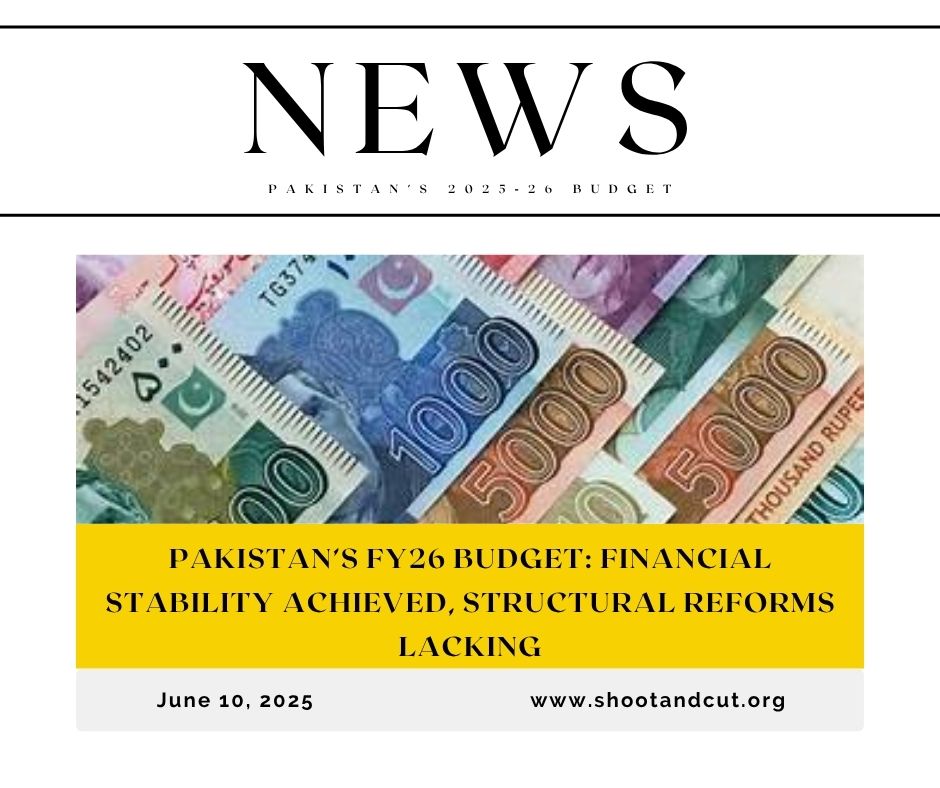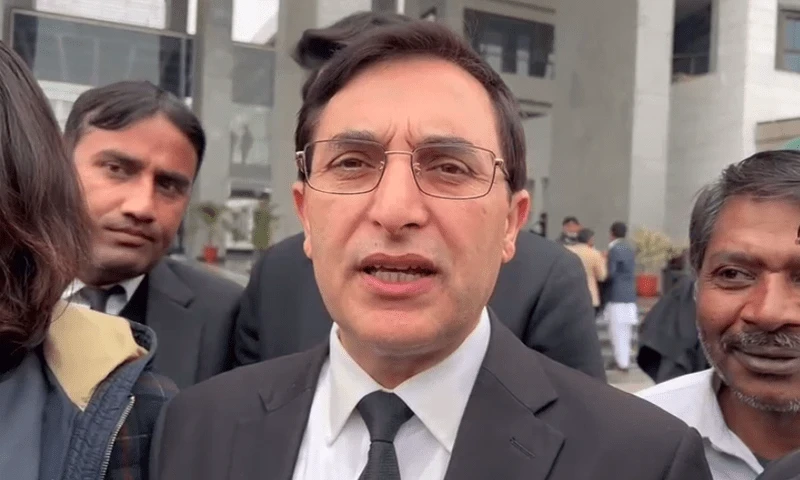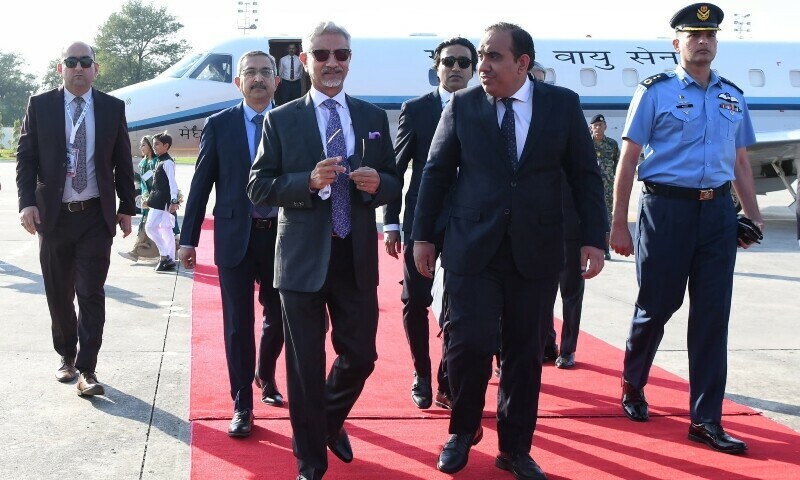Pakistan’s FY26 Budget: Financial Stability Achieved, Structural Reforms Lacking
By Shoot & Cut News Agency | June 10, 2025
In Islamabad today, Finance Minister Muhammad Aurangzeb unveiled Pakistan’s federal budget for the fiscal year 2025‑26, setting total expenditures at Rs 17.573 trillion with a growth target of 4.2%. Opening his speech amid regional tensions with India, Aurangzeb emphasized the importance of safeguarding economic stability in tandem with national security.
✅ Signs of Fiscal Restraint—But No Bold Shifts
Several economists welcomed the budget’s emphasis on fiscal discipline:
Ali Hasanain, a LUMS associate professor, noted a significant step forward: the nation has moved into a primary surplus. He applauded reduced deficits and lower interest payments, but emphasized these gains come from “accounting adjustments” rather than real economic transformation.
Uzair Younus, a political economist, described the budget as “cautious,” and opined that maintaining stability at this time may be prudent—adding that it missed an opportunity to signal deeper economic strategy.
🛡️ Tariff & Tax Reform: Incremental Progress
The budget proposes gradual reductions in customs duties and aims to eliminate the “non-filer” tax category—moves praised by Sajid Amin Javed, a macroeconomist, who sees them as opening the door for industry modernization. However, Javed cautioned the package was predictable under IMF conditions and lacks substantive structural reforms—especially in bringing undeclared sectors like agriculture and retail into the tax net.
He also highlighted an internal contradiction: while aiming to boost financial inclusion, the government raised the withholding tax on non-filer bank withdrawals—potentially discouraging the very behavior it wants to promote.
⏸️ Development Cuts and Skewed Spending
Hasanain warned that development budgets show “misplaced priorities,” with nearly one-third allocated to transport infrastructure, while education gets just 5–6%. He criticized incentives for the real estate sector—such as tax relief—as likely fueling speculation instead of encouraging productive economic growth.
🛑 Lack of Transparency Raises Concerns
Senior journalist Afshan Subohi criticized the budget’s opaque presentation, pointing out that while Aurangzeb disclosed a total defense allocation of Rs 2.55 trillion, he did not include yearly comparison percentages. Subohi also noted the absence of any concrete plan to tax large informal sectors such as agriculture, wholesale, and retail, and warned that heavier indirect taxes—like the hike in petroleum development levy—could disproportionately burden lower-income citizens.
⚠️ Austerity Without Vision
Dr. Mohammad Ahmed Zubair, former chief economist at the Planning Commission, was the most critical. He argued Pakistan is entering stagnation—low growth, high unemployment—and that this budget offers fiscal “handcuffs,” not a revival strategy. With deficits dropping from 5.6% to 3.9% of GDP and tax revenues set to rise nearly 19%, he said the package reflects debt obligations, not growth stimulus. Zubair called for urgent debt restructuring and a long-term fiscal framework to break the cycle of stagnation.
📌 Bottom Line
| Strengths | Weaknesses |
|---|---|
| Primary surplus achieved | No major structural reforms |
| Tariff cuts & tax simplification | Reliance on indirect taxation |
| Fiscal discipline amid uncertainty | Opaque defense budgeting; underfunded social priorities |
| Development of transport infrastructure | Neglect of education and human capital |
While the budget reflects strong fiscal discipline and opens some economic sectors, analysts agree it falls short of systemic change and fails to tackle Pakistan’s structural economic weaknesses. For now, it remains a cautious attempt at stabilization—not the bold transformation many had hoped for.



